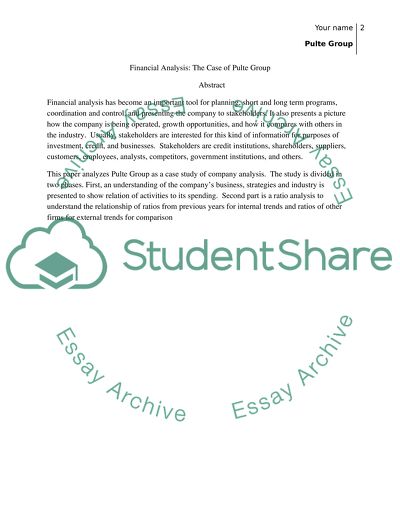Cite this document
(“The Case of Pulte Group, Inc Study Example | Topics and Well Written Essays - 3000 words”, n.d.)
Retrieved de https://studentshare.org/marketing/1403794-the-case-of-pulte-group-inc
Retrieved de https://studentshare.org/marketing/1403794-the-case-of-pulte-group-inc
(The Case of Pulte Group, Inc Study Example | Topics and Well Written Essays - 3000 Words)
https://studentshare.org/marketing/1403794-the-case-of-pulte-group-inc.
https://studentshare.org/marketing/1403794-the-case-of-pulte-group-inc.
“The Case of Pulte Group, Inc Study Example | Topics and Well Written Essays - 3000 Words”, n.d. https://studentshare.org/marketing/1403794-the-case-of-pulte-group-inc.


